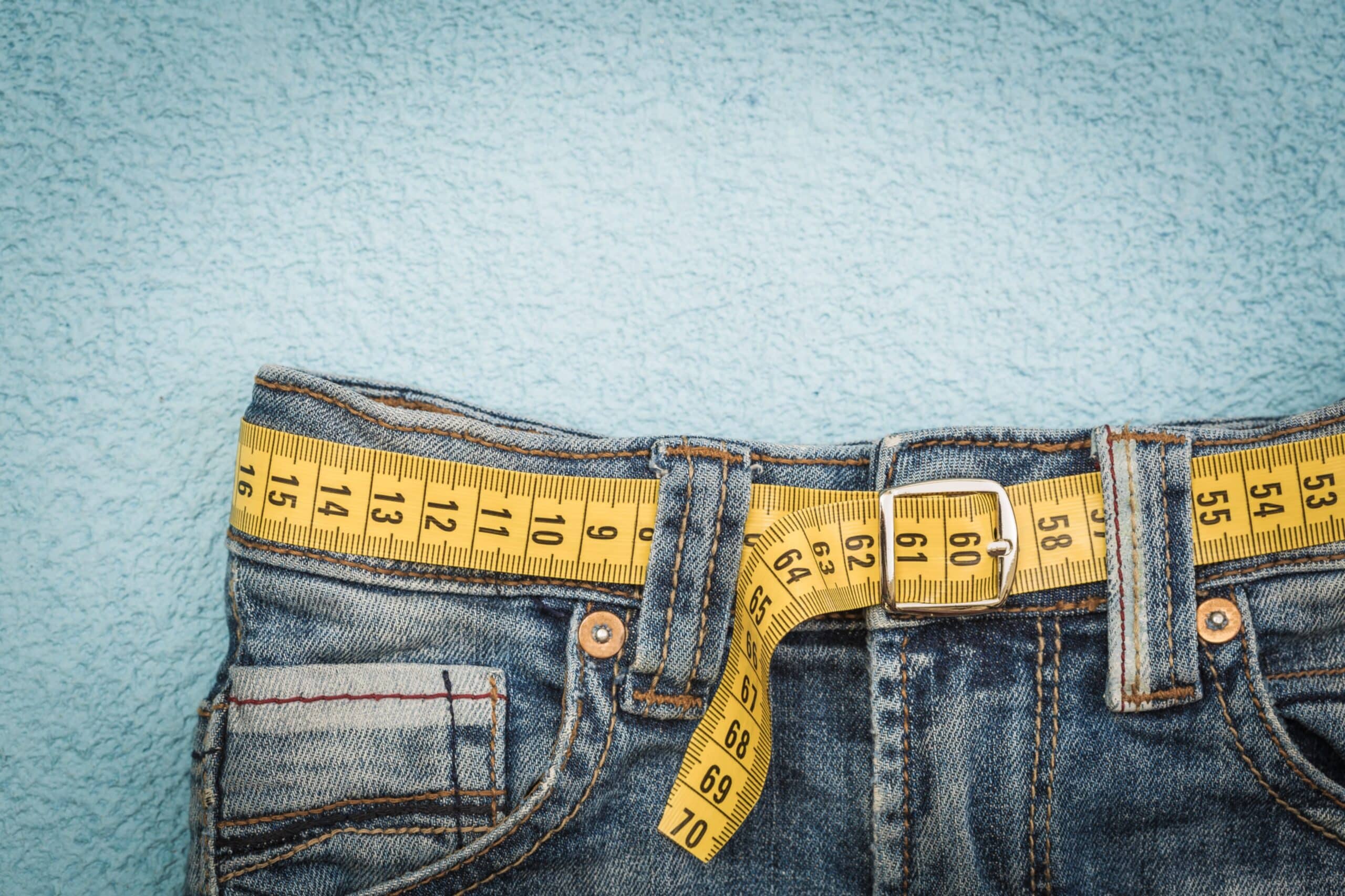Exercise can help you lose weight and it is linked to many benefits such as improving mood, boosting energy, strengthening muscles and bones, as well as reducing the risk for many chronic diseases. We’ve collected a short list of the most common and effective methods.
Walking is the most simple and is said to be the best exercise for weight loss. This low impact exercise is not only easy, but it can be done for free just about anywhere. A 155 pound person can burn about 167 calories per half hour of walking at a moderate pace of 4 mph according to Harvard Health. 20 obese women walked 50-70 minutes three times a week for 12 weeks and lost on average 1.5% body fat and 1.1 inches in waist circumference in one study.
Running and jogging are similar but done at a different pace: jogging pace is between 4-6 mph whereas running pace is faster than 6 mph. A 155 pound person can burn about 298 calories jogging at 5mph for a half hour; and 372 calories running at 6 mph for a half hour according to Harvard Health. Both activities have been found to help burn visceral fat that wraps around internal organs and is linked to numerous chronic diseases.
Cycling is once more becoming popular and can help to improve fitness as you lose weight. Traditionally done outdoors this activity can also be done inside on stationary bikes. A 155 pound person can burn about 260 calories cycling on a stationary bike at a moderate pace of 12 mph for a half hour, or around 298 calories on a bicycle outdoors. Those that cycle on a regular basis have been shown to have better overall fitness, increased insulin sensitivity, and lower risks for cancer, heart disease, and death.
Weight training is also becoming popular for people of all ages, which can help you to build muscles, strength, and increase your resting metabolic rate to help you burn calories while at rest. A 155 pound person can burn about 112 calories for every half hour of weight training. Doing 11 minutes of strength training based exercises at least 3 times a week was found to increase metabolic resting rate on average 7.4%, which was the equivalent to burning an additional 125 calories per day in one study.
HIIT or interval training is a term that refers to short bursts of intense exercise with alternating resting periods, that typically lasts 10-30 minutes an burns many calories in less time. HIIT has been shown to be very effective at burning harmful belly fat linked to chronic disease. HIIT was shown to burn 25-30% more calories per minute than any other form of exercise in one study involving 9 active men.
Swimming is low impact and a fun way to exercise, lose weight, increase flexibility and get in shape. A 155 pound person can burn about 233 calories in a half an hour, how effectively you swim will affect the amount of calories that is burnt. That same person in a half hour can burn 298 calories doing backstroke, 372 calories doing breaststroke, 409 calories doing the butterfly, and 372 calories simply treading water. Swimming has been shown to reduce body fat, increase flexibility, and reduce the risk of heart disease.
Yoga may seem easy but it helps to improve flexibility, endurance, balance and boost weight loss as well as carrying many other benefits to health and well being. A 155 pound person can burn 149 calories per half hour of practicing yoga. 60 women with obesity lost more weight when they participated in 90 minutes of yoga twice a week in one 12 week study, while experiencing improvements in mental and physical well being.
Pilates may not burn as many calories as other exercises but it is beginner friendly and enjoyable, making it easier to stick with as a routine. It has been shown to promote weight loss, reduce lower back pain, and improve strength, balance, flexibility, endurance, and overall fitness level. A 140 pound person can burn 108 calories at a half hour beginner class or 168 calories at an advanced class according to the American Council on Exercise.
How much weight one can expect to lose from exercise varies and depends on many factors such as starting weight, age, gender, sleep, diet, genetics, and medical conditions. Most can lose weight fairly quickly, but it is recommended to lose 1% of your body weight per week to stay at a safe pace as losing too much too fast can have negative consequences as well as make one prone to regain the weight.
Many exercises can help you lose weight and boost your weight loss efforts. Choosing an activity that you enjoy doing has been shown to be the most effective at assisting in weight loss goals as it is more likely you will do it more often and stick to it long term. For best results pair exercising with following a healthy and well balanced diet to experience the best results.




